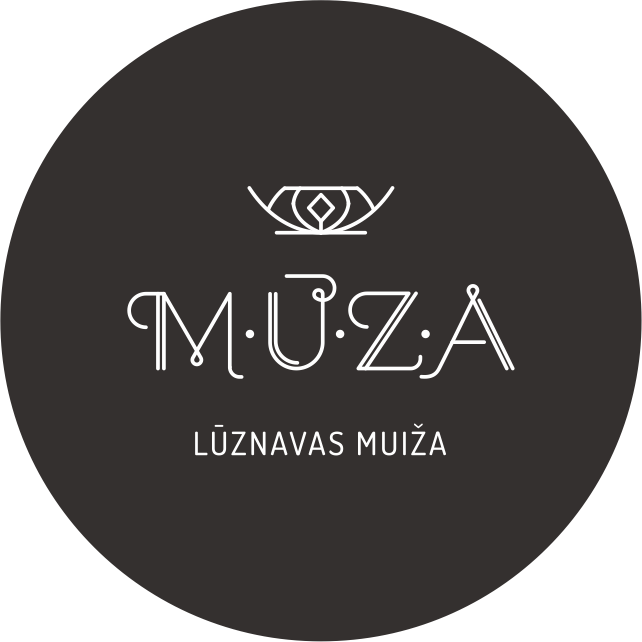SCENTED MAYWEED, CAMOMILE
Latvian: kumelīte ārstniecības
German: Echte Kamille
Swedish: kamomill
Estonian: teekummel
Lithuanian: vaistinė ramunė
Russian: ромашка обрадная
Medicinal chamomile is an annual plant, up to 60 cm in height. The root is rod-
shaped, weakly branched, the stems are solitary, often branching near the root,
grooved, bare, leafy up to the top.
Leaves successive, 2-5 cm long, sessile. The flower boxes are semicircular, 15-
20mm in diameter, with white petals and a yellow inflorescence inside. Chamomile
blooms all summer. Fruit, elongated and flattened at the base in a testicle, 1-2 mm
long, with 5 ribs inside.
Chamomile flowers (Chamomillae flores) are used for medicinal purposes. The
flowers are collected at the beginning of flowering, while the lateral flowers are still
placed horizontally or slightly raised. The flowers are collected with a flower stalk
about 3 cm long, cutting them with secateurs or plucking them with a special
harvester.
Flowers are dried in forced dryers at a temperature not exceeding 40C, or in shaded,
well-ventilated rooms, spreading the flowers on a mesh or cloth in a thin layer (2-
3cm), stirring the drug from time to time.
MEDICAL SIGNIFICANCE
Medicinal chamomile has an anti-inflammatory, antispasmodic and moderate
antimicrobial effect, it reduces fermentation in the intestines and enhances the
secretion of the gastric glands.
Chamomile essential oil improves the functioning of the gastrointestinal tract.
Flavonoids have an antispasmodic effect on the biliary tract, smooth muscles of the
intestine, blood vessels, increase bile flow, reduce the accumulation of bile in the
gallbladder, thus reducing the possibility of gallstones forming, facilitate the flow of
bile from the duodenum, as a result, reducing spasms of the liver-pancreatic ampulla
sphincter, colic colon and small intestine spasms, restores normal peristalsis,
thereby improving the functioning of the digestive tract, promotes appetite.
The plant also has an emollient and enveloping effect, which is partly provided by
the mucilage contained in the plant, which has a great absorbent capacity, as a
result of which it adsorbs various poisons. Covering inflamed tissues, it reduces heat
loss and works as a warming compress. Of course, mucus protects tissues from
external irritants and reduces their sensitivity. Pain decreases, spasms in the
digestive tract disappear, let's say that normal working conditions of the body are
created.
Medicinal chamomile is an intestinal eubiotic. The infusion and decoction creates an
antimicrobial, antiviral, fungistatic effect, which served as the basis for the use of
chamomile against pathogenic microorganisms. Pathogenic microorganisms do not
become resistant to medicinal chamomile.
In case of diseases of the liver and bile ducts, chamomile is used to reduce spasms
in the bile ducts, increase bile reflux and reduce inflammatory processes.
When treating diseases of the digestive tract, medicinal chamomile is recommended
to be mixed with medicinal calendula and common yarrow, it will be a much more
effective remedy than monotherapy. Pain, belching, flatulence disappear from this
mixture, well-being improves. The mixture acts as an anti-inflammatory, anti-
spasmodic and wound-healing agent, and the yarrow contained in it increases blood
clotting and enhances the analgesic effect.
In folk medicine, infusions and decoctions of medicinal chamomile are widely used against migraines, insomnia, stomach catarrh, increased irritability, toothaches and colds. The poultice is used as a compress and rinse to treat lacerations, ulcers,
eczema, rashes, inflammation of the eyelids, furunculosis and effusions. Chamomile
vapor is inhaled in case of flu - helping to cope with runny nose and to improve the
condition of the mucous membranes of the upper respiratory tract. Perfectly, this
setting will help to rinse the eyes in case of conjunctivitis.
There are many countries that use regular chamomile tea with honey or sugar before
going to bed - it helps to sleep soundly.
NOT RECOMMENDED FOR USE
It is not recommended to get too excited with medicinal chamomile preparations or in
its pure form. When used in large doses, depression of the nervous system,
headache, general weakness may occur. Hoarseness and increased cough are
often observed. Taking into account the side effects, it is recommended to reduce
the dosage of medicinal chamomile, or temporarily stop its use.
Spontaneous tantrums and irritability may occur with long-term use of medicinal
chamomile. In such cases, it is necessary to abandon chamomile. Medicinal
chamomile should not be used during long treatment courses, especially for months
and years.
Medicinal chamomile should not be used together with sedatives. Chamomile tea
can thin the blood, so medicines with the same effect should not be used together
with tea.
agfonds.lv
Augu katalogs ir tapis ar Eiropas Savienības finansiālu atbalstu Pārrobežu sadarbības programmas 2014.–2020. gadam projekta LVIII-062 “Versts of Feelings 2” ietvaros


